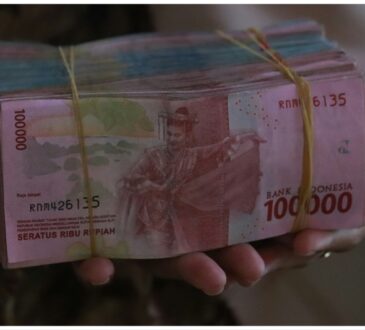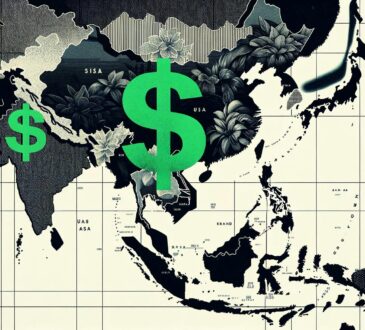
Last updated March 17th, 2024.
Diversifying your portfolio into different currencies is a great way to limit its reliance on a single country’s financial system.
World currencies, of which there are over a hundred, can be ranked on a scale from “very stable” to “absolute trash” though.
Investors repeat several nuggets of wisdom. One of them, a quote from Warren Buffett, is “Be fearful when others are greedy and greedy when others are fearful.”
This is generally solid advice. Regardless, it’s sometimes taken too far. Even savvy investors might take this quote too much to heart and think that just because others are fearful it is a good time to get an underappreciated asset at an excellent price.
In reality, people might become fearful because there are actual, legitimate reasons to be afraid of an investment.
Here at InvestAsian, we specialize in finding unique investment opportunities in Asia. We often venture into places where most traditional investors wouldn’t even dream of going.
Still, there are plenty of investments that we don’t recommend. The fundamentals simply aren’t there.
Below, we’ll look at three of the least valuable currencies in the world. You should avoid every single one of them.
Quite simply, they all carry far too much risk vs. the potential reward to be worth holding in the short term.
Bear in mind that this list isn’t written in stone. It’s subject to change as the country’s economy changes. With all that said, here are the three weakest currencies in the world as of 2024.
1. Myanmar Kyat
| Myanmar Kyat (Ks) | |
| Year on Year | -0.1% |
| 5 Years | -34% |
| 10 Years | -34,000% |
| Present Price in USD | 2,100.00 |
Myanmar is among the poorest countries in Southeast Asia with over a quarter of the population living in poverty and more than a third currently unemployed. To further add to this economic cocktail, the country has turned quite insular and paranoid as of late.
Back in early 2021, Myanmar had a coup, which resulted in a general strike that led to thousands of detentions and several hundred people killed.
To further complicate the situation, Myanmar’s international currency reserves were decimated when the New York Federal Reserve froze $1 billion mere days after the coup. The World Bank and the IMF also responded in kind by suspending projects in the nation.
This attack from all possible economic vectors quickly reduced the value of Myanmar’s currency, the kyat, by over 50%.
And when viewed over the course of a decade, the kyat has fared even worse. Don’t let the -34,000% value vs the dollar fool you. Things aren’t quite so bad.
One might even argue that the currency’s failure on such a large scale has been for the best. There used to be two exchange rates in Myanmar: one set by the government and one extraofficial.
Once the government found it untenable to maintain these arbitrary exchange rates, the official rate reflected the real rates. So, in a way, it was an attempt at liberalizing and reflecting economic realities, which aids trade.
The past decade has not been kind to the country though. And when you add recent events to the mix, things aren’t looking up for Myanmar or the kyat in the future.
As one might imagine, international companies prefer not to do business with military juntas, or at least unproven and unstable ones. Hence, international investment has dried up or was even withdrawn over the last few months.
It’s unclear where Myanmar is heading. Military juntas haven’t necessarily spelt the death of economies.
There were even moments where juntas could be considered beneficial, at least where finance is concerned. Pinochet’s Chile is one prime example. It’s studied as a model to emulate by macroeconomists to this day.
As things stand, we find it best to avoid fire. The kyat is one of the worst currency in the world, and you have dozens of superior options elsewhere.




